Do you often find yourself struggling to fall asleep or stay asleep due to an intense urge to move your legs? If so, you may be experiencing restless legs syndrome (RLS). RLS is a neurological disorder characterized by an uncontrollable urge to move the legs, often accompanied by uncomfortable sensations such as itching, crawling, or tingling. This condition can be incredibly frustrating and disruptive to both your sleep and daily activities. While there is no known cure for RLS, there are several natural remedies that can help manage its symptoms and provide relief. In this blog post, we will explore some of these remedies and how they can benefit individuals with restless legs syndrome.
- Lifestyle Changes
- Regular Exercise: Engaging in regular physical activity, such as walking or swimming, can help reduce RLS symptoms. However, avoid intense exercise close to bedtime, as it may exacerbate symptoms.
- Stretching: Stretching exercises targeted at the legs and lower body can help ease muscle tightness and reduce the discomfort associated with RLS.
- Maintain a healthy diet: A nutritious diet can contribute to overall well-being and potentially reduce RLS symptoms. Ensure you are consuming enough vitamins and minerals, particularly iron, magnesium, and folate, which are essential for muscle health.
- Maintain a comfortable sleep environment: Ensure your bedroom is quiet, dark, and at a cool temperature. Additionally, using comfortable bedding and a supportive mattress can promote better sleep and reduce RLS symptoms.
- Nighttime distractions: Keep your mind engaged at night by reading a book, listening to calming music, or practicing a relaxation technique to divert attention from RLS symptoms.
- Medications for RLS Relief
- Dopamine agonists: Drugs like pramipexole and ropinirole are commonly prescribed to increase dopamine levels in the brain and reduce symptoms of RLS. These medications are often considered the first-line treatment for RLS.
- Benzodiazepines: In some cases, medications such as clonazepam or diazepam may help relax the muscles and relieve RLS symptoms. These medications may cause drowsiness, so they are often used at bedtime.
- Iron supplements: In cases where iron deficiency is causing or contributing to RLS symptoms, iron supplements may be recommended to restore iron levels in the body.
It's crucial to consult with a healthcare professional to discuss the benefits, side effects, and potential interactions of these medications before starting them for RLS relief. Medications should be prescribed and monitored by a qualified healthcare provider.

- Massage Therapy and Specific Tools
The therapeutic benefits of massage extend to managing RLS symptoms as well. Regular massage helps improve blood flow, loosens tense muscles, and reduces stress levels.
- Massage therapy: When done by a skilled practitioner, can target specific muscles in the legs, promoting relaxation and reducing the discomfort associated with RLS.
- Specific tools: Aside from professional massage therapy, several tools can be used at home to complement treatment and provide relief from RLS symptoms. Here are a few examples: Foam rollers, Foot massagers, Acupressure Mats, Compression leg massagers, and Compression socks or sleeves.
- Hot or Cold Packs
Both hot and cold packs can be used to alleviate Restless Leg Syndrome (RLS) symptoms, but the choice between the two depends on individual preferences and responses to temperature. Here are the potential benefits of each:
- Cold packs: Applying a cold pack or ice pack to the affected areas can help reduce inflammation, numb the area, and provide temporary relief from RLS symptoms. The cold temperature can also help calm the nerves and muscles, reducing sensations of restlessness. Cold packs are typically more effective for individuals who find relief in cooling sensations.
- Hot packs: Applying a hot pack or heating pad to the affected areas can help relax muscles, improve blood circulation, and provide soothing relief from RLS symptoms. Heat therapy can also promote muscle relaxation and reduce muscle cramps or discomfort associated with Restless Leg Syndrome. Hot packs are typically more effective for individuals who find relief in warmth.
- Relaxation Techniques
- Deep breathing exercises: Practicing deep breathing exercises can help calm the mind and relax the body. Inhale deeply through the nose for a count of four, hold your breath for a count of four, and exhale slowly through the mouth for a count of four. Repeat this breathing pattern several times.
- Meditation or mindfulness: Engaging in meditation or mindfulness exercises can help reduce stress and promote relaxation. Focus on your breath, observe your thoughts without judgment, and try to maintain a sense of present-moment awareness.
- Progressive muscle relaxation: This technique involves systematically tensing and then relaxing different muscle groups in the body. Start from the feet and move upward, tensing each muscle group for a few seconds before releasing the tension. This can help relax the muscles and reduce RLS symptoms.
 In Conclusion
In Conclusion
While these treatments can significantly reduce the symptoms and impact of restless legs syndrome, it's crucial to remember that the effectiveness might vary for each person. Additionally, consulting with a healthcare professional or a sleep specialist is essential to determine the best strategy for your specific condition. Restless legs syndrome can be challenging, but with proper management and care, it is possible to live a more comfortable and restful life.



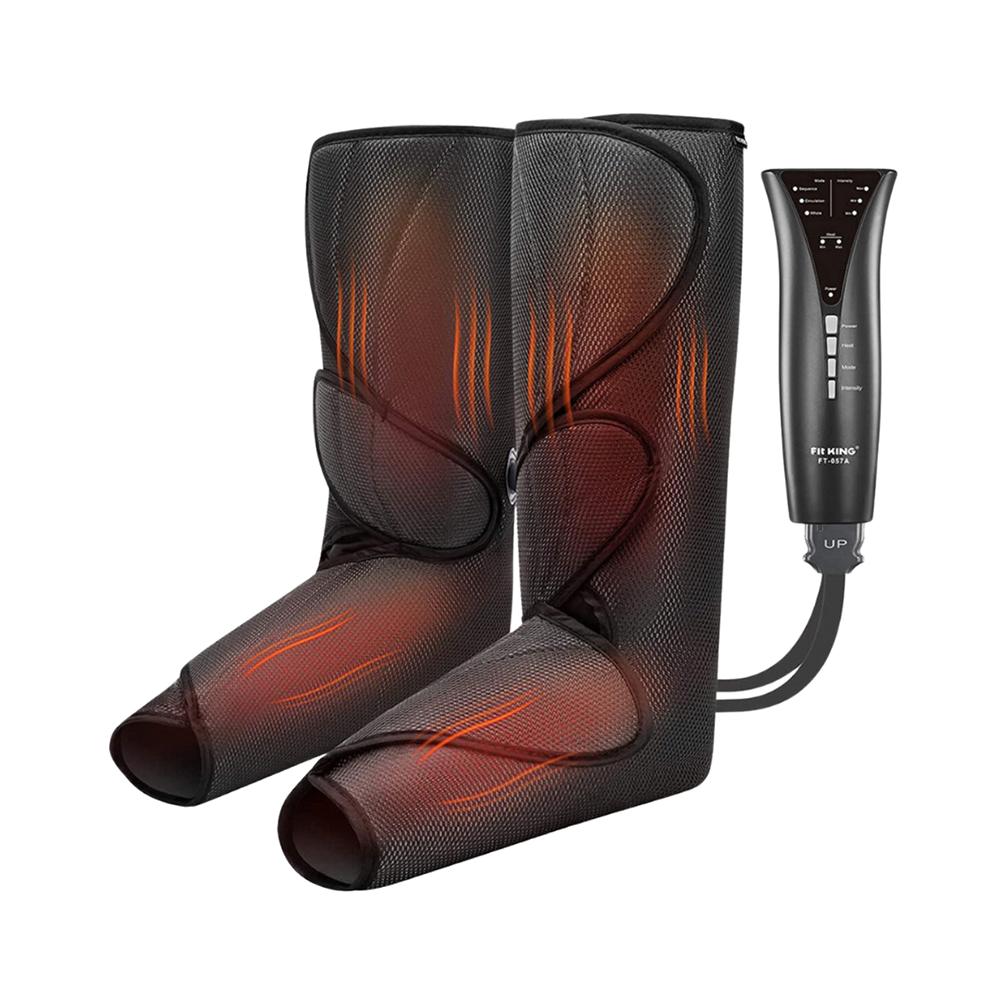
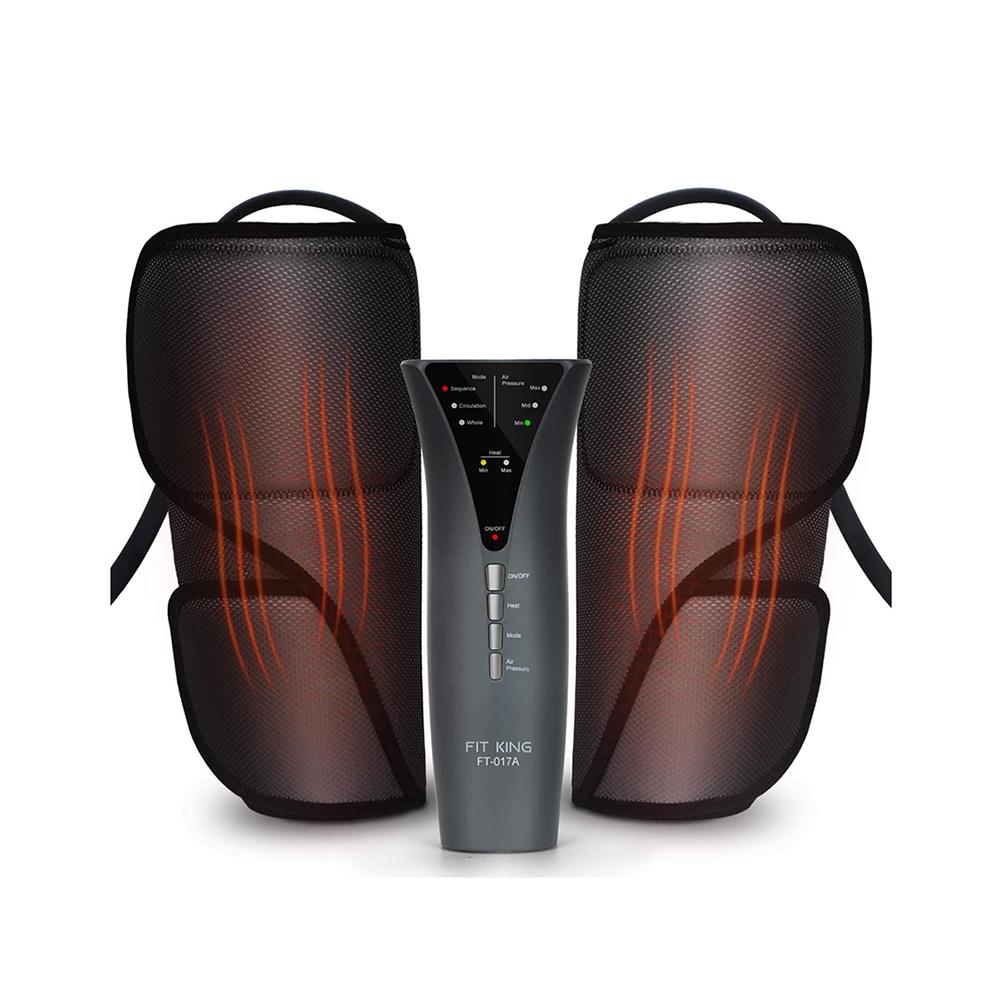
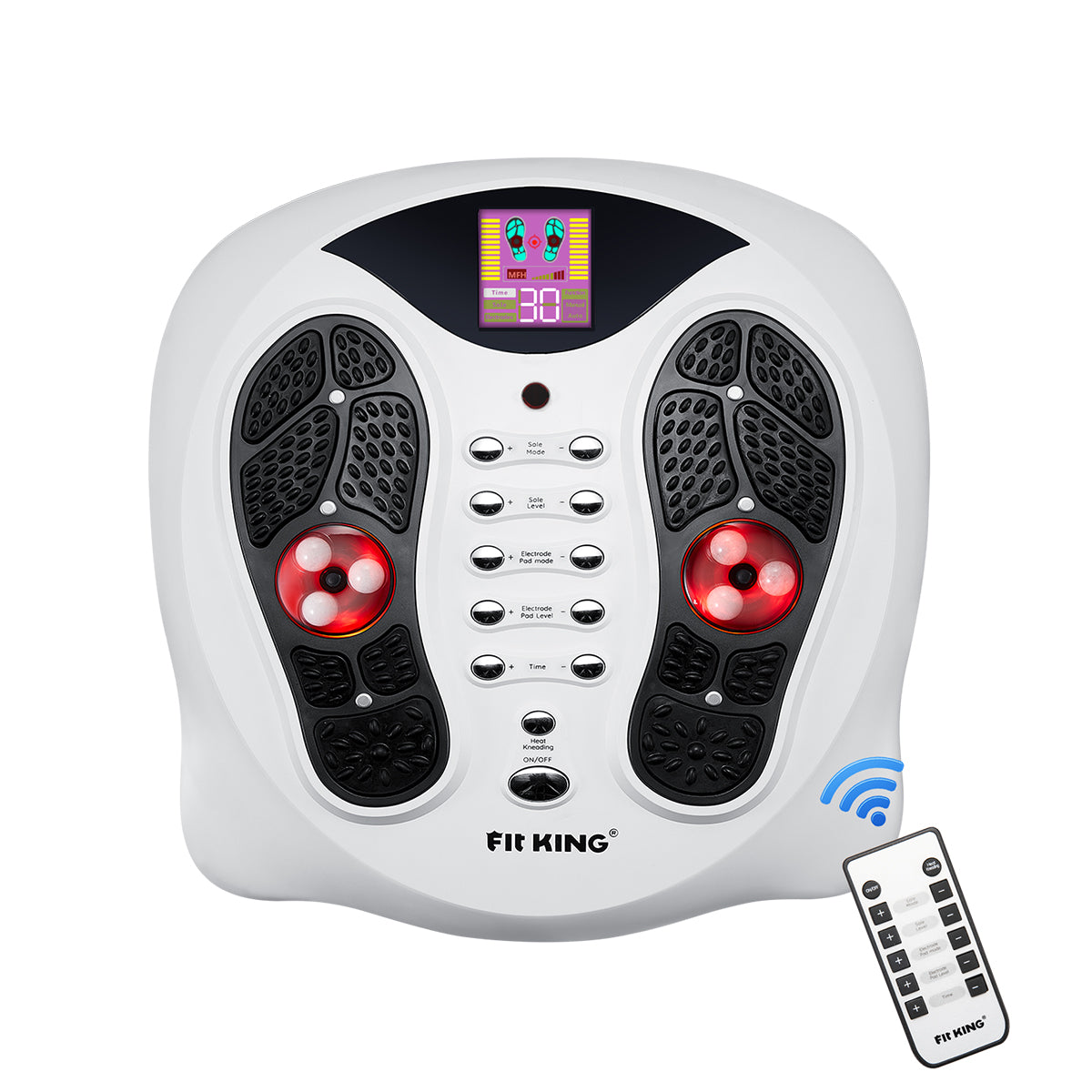
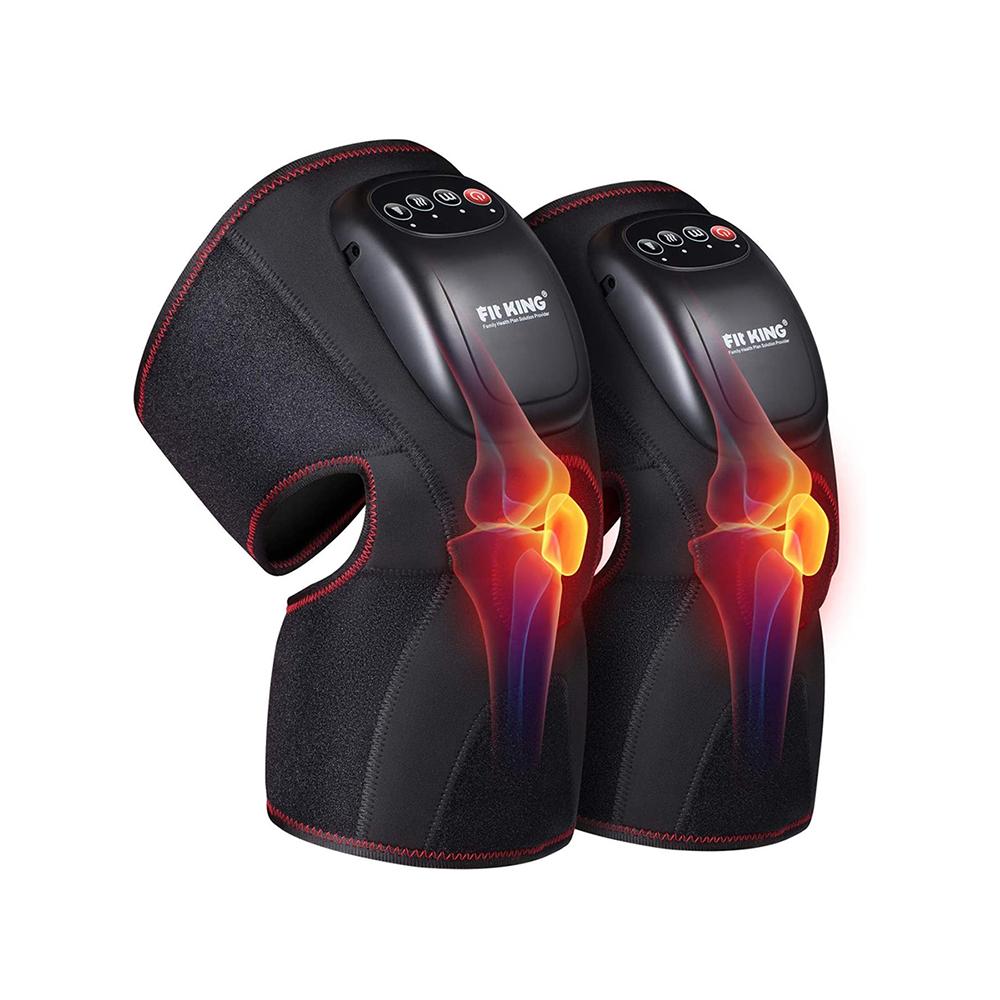
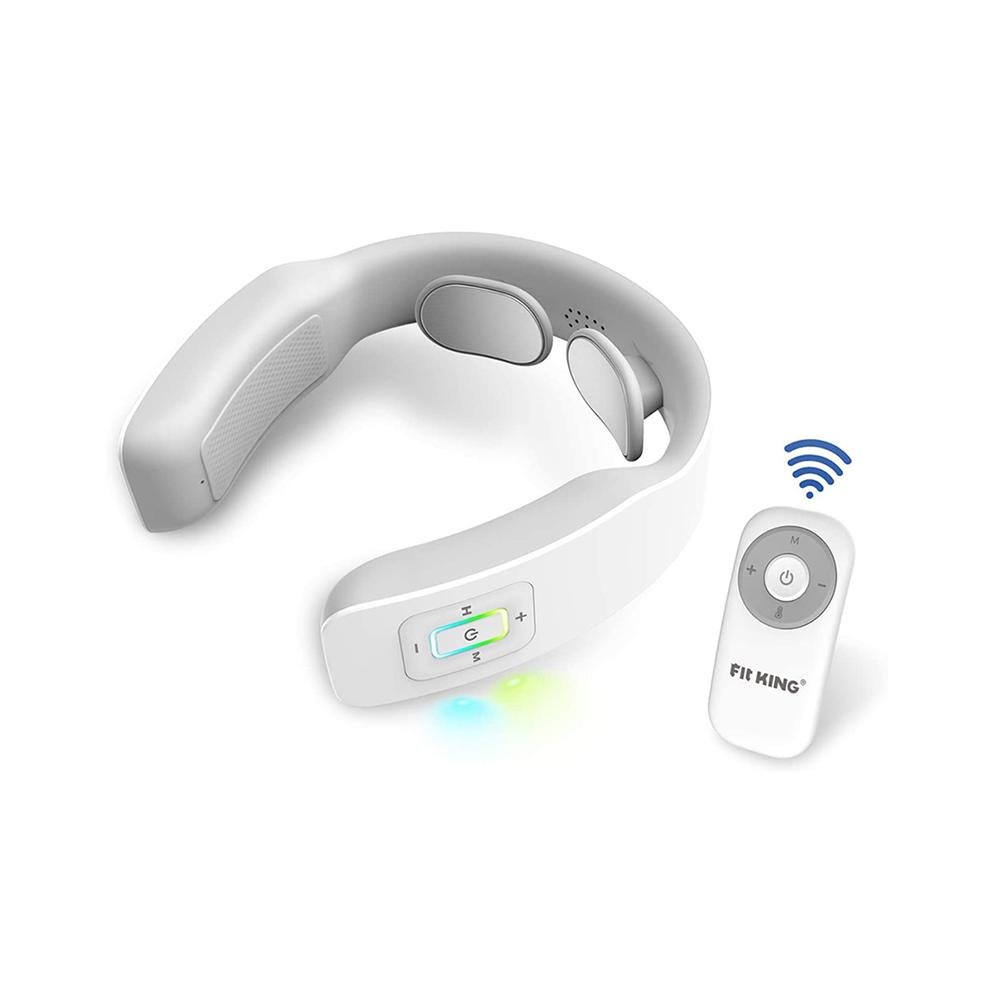
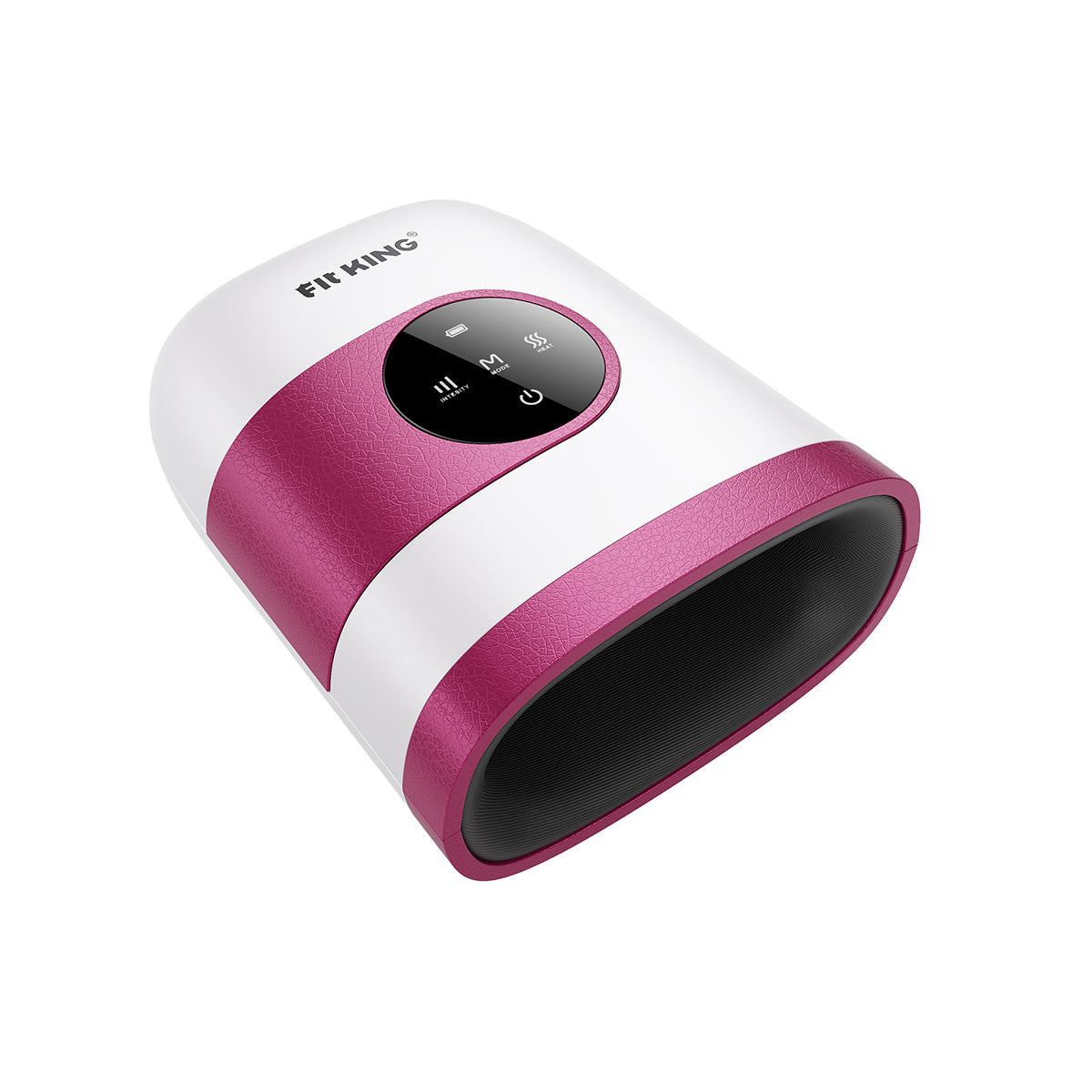


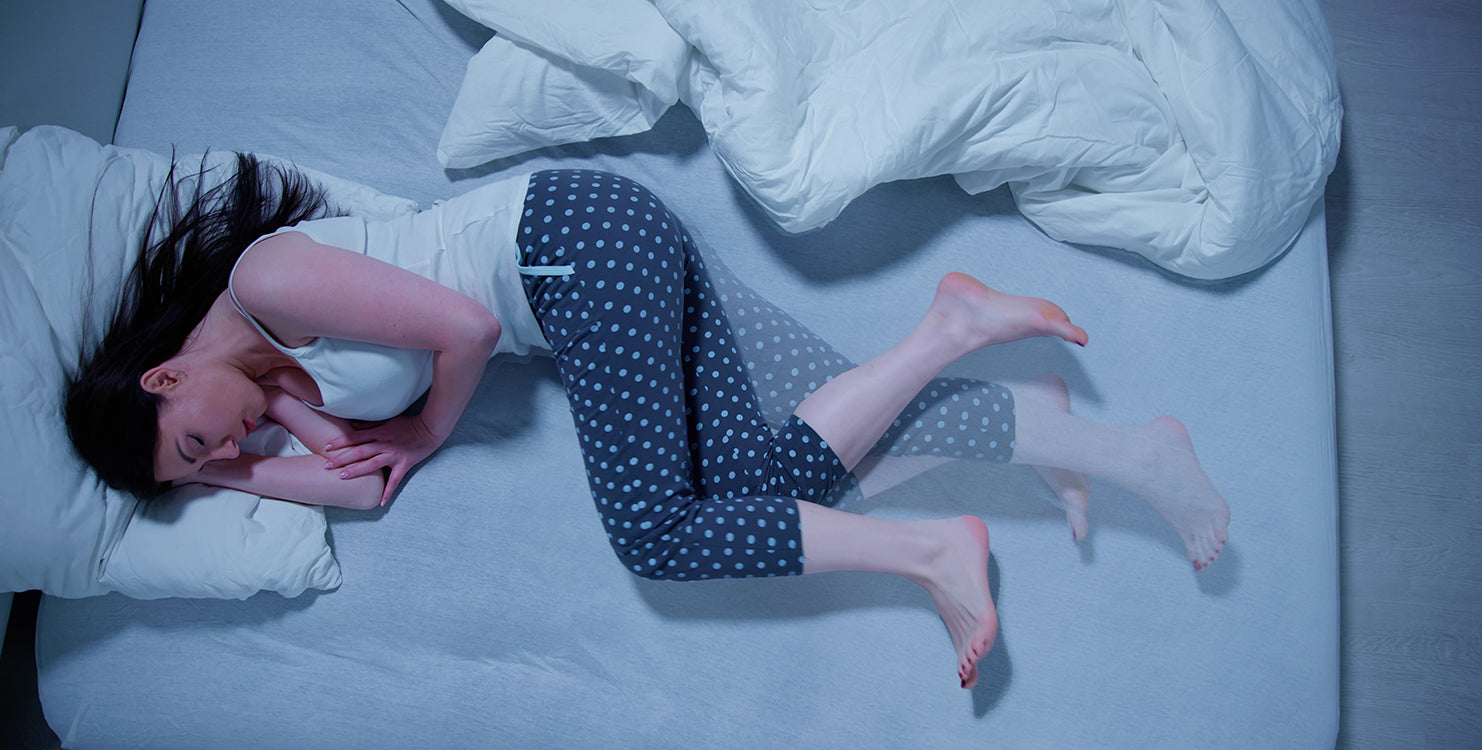

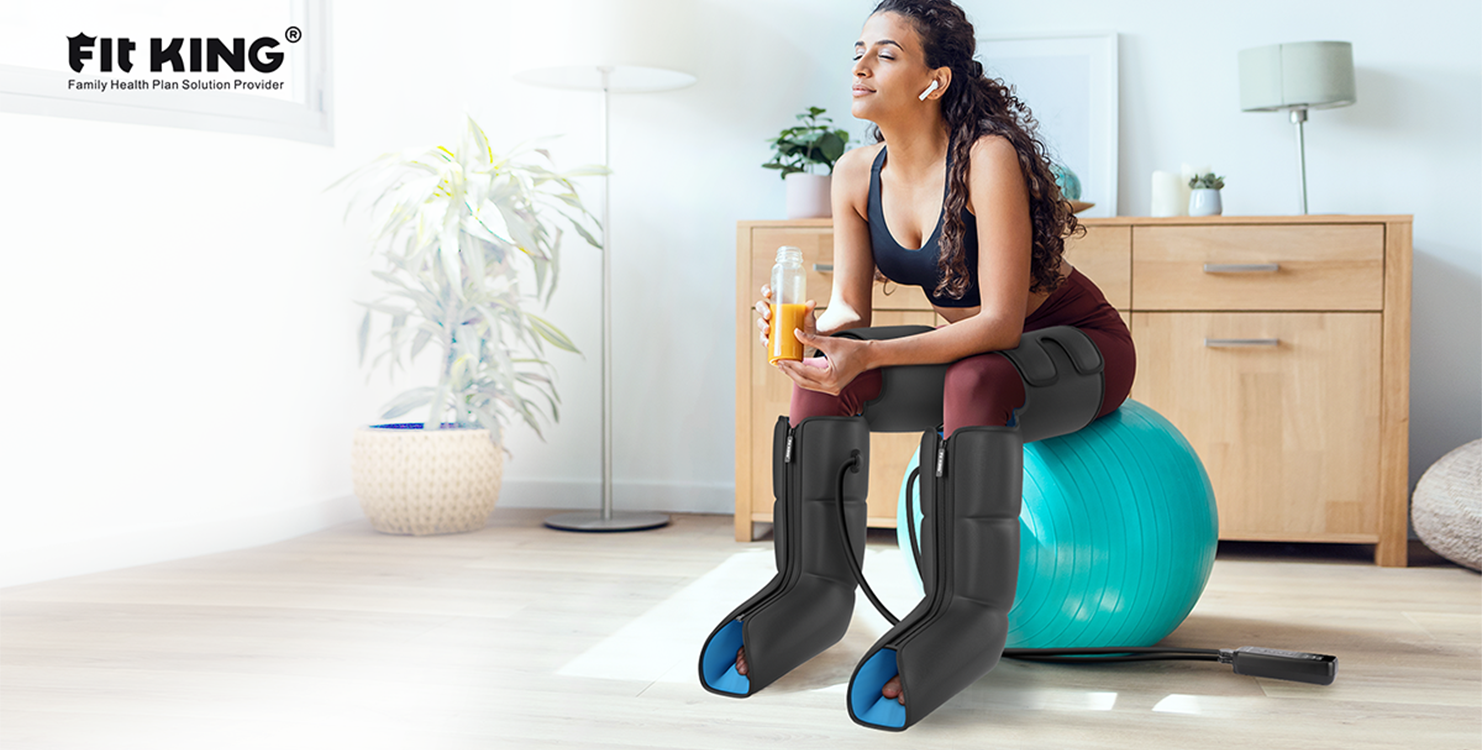
Leave a comment
This site is protected by hCaptcha and the hCaptcha Privacy Policy and Terms of Service apply.